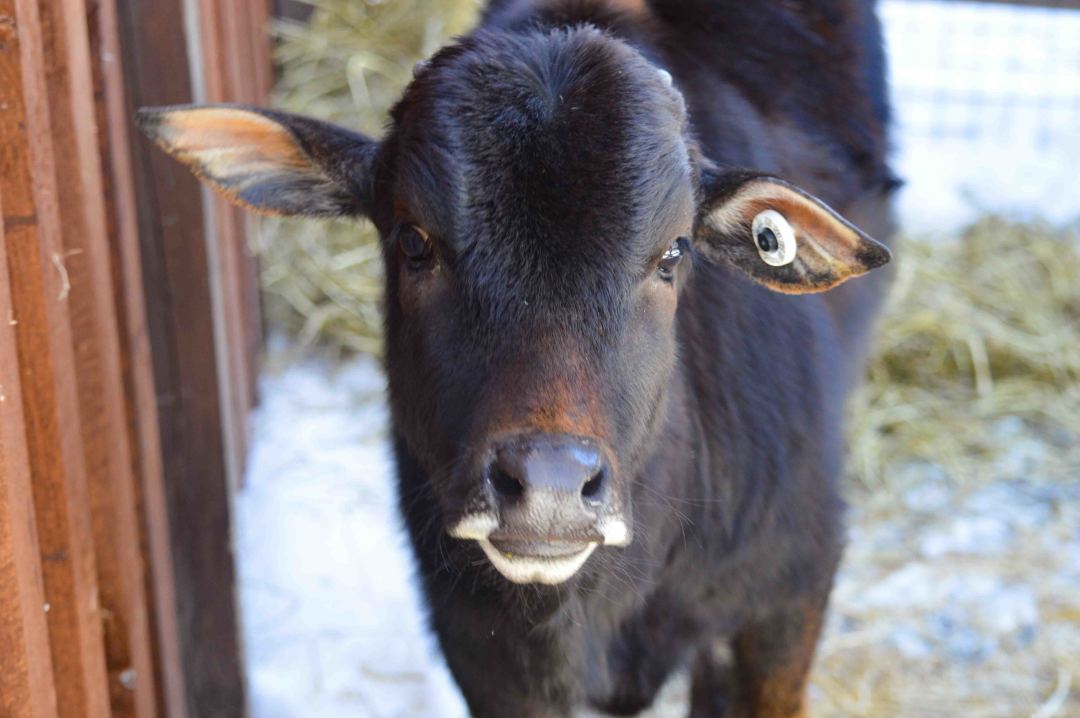– Introduction of Ziti the Zebu calf to the Utica Zoo
– Zebu species characteristics and conservation status
– Role of zoos in wildlife conservation and education
– The impact of habitat modifications on Ziti and zoo companions
– How the community interacts with and supports local zoo initiatives
Visitors to the Utica Zoo are greeting a fresh, bovine face amidst their familiar menagerie. Ziti, the Zebu calf, has recently come into the fold, augmenting the zoo’s diverse collection of species. Far from just a pretty face, Ziti’s presence provides ample opportunities to discuss Zebu’s characteristics, their position in the broader conservation scheme, and the zoo’s foundational role in educating the public and aiding wildlife preservation.
Zitis are members of the species Bos taurus indicus, commonly referred to as Zebus or humped cattle, indigenous to the South Asian subcontinent. What sets them apart from their more widespread cousin, the Bos taurus Taurus, is their characteristic hump on the shoulders, a large dewlap, and, sometimes, drooping ears. Adapted to thrive in hot, dry climates, Zebus have a high heat tolerance and disease resistance, making them valuable genetic reservoirs for breeding programs to ensure cattle resilience in the face of climate change.
Including Ziti at the Utica Zoo follows a standard acclimation procedure, including quarantine, to safeguard the health of the newcomer and the existing animals. Following this, Ziti was introduced to the main Zebu yard, joining the existing residents, Zeke and Zack. The social dynamics of Zebus are intriguing to observe; these animals are known for their friendly nature, often forming strong bonds with their herd. Ziti’s burgeoning camaraderie with Zeke and Zack indicates a successful integration – a testament to the zoo staff’s careful planning and expertise.
Zoos serve as living libraries, conserving biodiversity and providing educational experiences that inspire visitors to value and protect wildlife. An essential aspect of zoo management is creating habitats that mirror the natural environments of the inhabitants as closely as possible. The alterations underway at the Utica Zoo for Ziti and his newfound friends reflect this commitment. Providing adequate space also ensures the well-being of other residents, such as the temporarily relocated Alpacas, promoting harmonious coexistence and psychological enrichment.
Habitat modification is a meticulous process grounded in animal welfare science, requiring a balance between space, environmental complexity, and the animals’ natural behaviors. Expanding pastures and constructing larger barns align with these principles and afford visitors an enhanced viewing experience. This supports educational engagement and promotes an intimate understanding of how habitat requirements vary among different species.
A zoo’s relationship with its community is vital to its operations. The Utica Zoo encourages visitor interaction through feeding stations, which fosters a connection between humans and animals. This engagement not only captivates the minds of those who walk the zoo pathways but also stimulates a desire to participate in the active stewardship of our planet’s fauna. Furthermore, it supports zoos financially, helping them continue their conservation and education mission.
Revamping the habitats and introducing new species like Ziti are not solitary events. They are part of a grander strategy premised on conservation, education, and community involvement. As Ziti settles into his new environment and enthralls visitors with his playful demeanor, his story bridges human curiosity, the serious matters of biological conservation, and the equilibrium between wildlife and human activity.
Through Ziti’s eyes, we traverse a path toward greater understanding and appreciation of the natural world – an essential journey in fostering the conservation ethic necessary to navigate the challenges that face our environmentally sensitive world. By observing Ziti’s behavior, zoogoers learn about the habits and needs of Zebus, gaining a window into a species that may be geographically distant but is inextricably linked to global biodiversity.
As we continue to monitor Ziti’s acclimatization to the main Zebu yard at Utica Zoo, his influence on the landscape of conservation and public education becomes more apparent. His role in the zoo mirrors each species’ vital position in our complex ecosystem. In essence, each visit to the zoo allows us to come face to face with ambassadors from the animal kingdom, such as Ziti the Zebu calf and reminds us of our shared responsibility to safeguard the intricate web of life that sustains us all.
*****
Source Description
You will notice a new face next time you visit the Utica Zoo. Meet Ziti the Zebu calf! 🐮
Ziti joined the zoo a few weeks ago, and after a brief routine quarantine period, Ziti was moved to the main Zebu yard and introduced to fellow Zebus, Zeke and Zack. So far, the three have been getting along great, and Ziti has been stealing the hearts of our staff and visitors with his playful personality!
You’ll also notice a few other changes in our Backyards & Barnyards area. To make more room for Ziti, the Alpacas have been moved to a temporary exhibit next to our sheep while our team finishes a new Alpaca yard and barn across from our goats. This new yard will give the Alpacas more room to graze and a new, larger barn for them. In the meantime, bring your quarters and make sure you stop by their temporary exhibit to give them some extra snacks! 🦙


